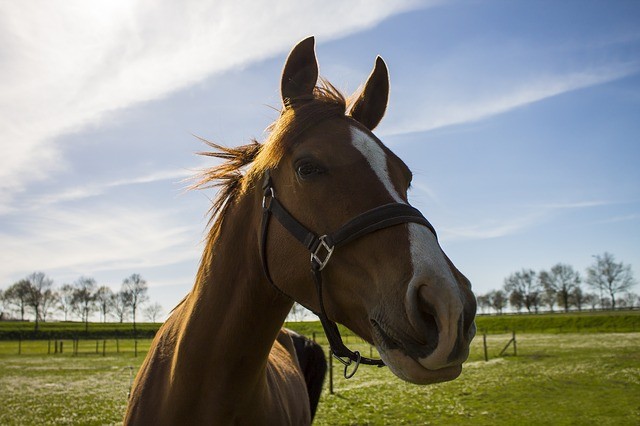
Vet Talk: Spring Parasites
This week we’re learning about parasites that thrive during the warm, wet season.
Spring is the ideal time for parasite growth, because the developing larvae require warmer temperatures and moisture. Heather Hoyns, DVM, of Evergreen Equine told The Horse, “the parasites ramp up egg production as weather becomes warmer.”
Larvae Facts:
- Strongyles eggs can be killed by a hard frost, but most will survive. During warmer months, an egg deposited in manure can develop to its infective larval stage in as little as five days.
- Ascarid eggs can survive for up to 10 years before developing into larvae.
- Tapeworm eggs rely on mites as a vector. Frost can kill the eggs, but infected mites can carry them through the colder months.
How to Protect Your Horse:
- Perform a fecal egg count
“Spring is the best time to do fecal egg counts (before and after deworming) to identify the parasite load the horse is carrying and how well the deworming program done has worked. It’s also a good way to find out if a particular horse is a ‘high-shedder’ of parasite eggs,” said Hoyns to The Horse.
Here are a few tips from the SmartPak Equine Health Library:
“If you can only afford one fecal egg count per year, run it right before deworming your horse for the first time in the spring. A fecal egg count measures the number of strongyle eggs your horse is passing in each gram of his manure. When you send a sample to your veterinarian or independent laboratory, you get back a number like 50 EPG (eggs per gram) or 500 EPG. This is called a quantitative test. If the number is low (less than 200 – 250 EPG), that particular horse has good natural immunity to strongyles and may not need dewormed as frequently. However, if the number is more than 200 –250 EPG, that horse may be a chronic shedder.”
SmartPak notes the test will not indicate if the horse is infected with tapeworms. They give this recommendation: “While tests — both fecal and blood — have been developed to measure the presence of tapeworms in an individual horse, experts agree that it’s wiser just to treat once or twice a year for them.”
- Prevent overgrazing.
Larvae live close to the soil, so horses grazing on grass too short have a greater chance of infection. Leaving the grass longer also helps regrowth and is more drought resistant. Mixed grazing with other species – cattle, goats, sheep – is also beneficial.
- Be wary of spreading manure.
Larvae depend on rain, birds and “mechanical distribution” to escape the manure pile. Spreading contaminated manure where your horses frequently graze can lead to infection.
For more information, I love the simplicity of this guide created by Dr. Janice Sojka.
Go Riding.








Leave a Comment